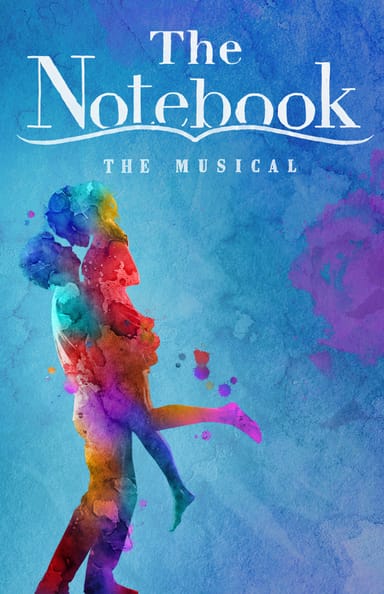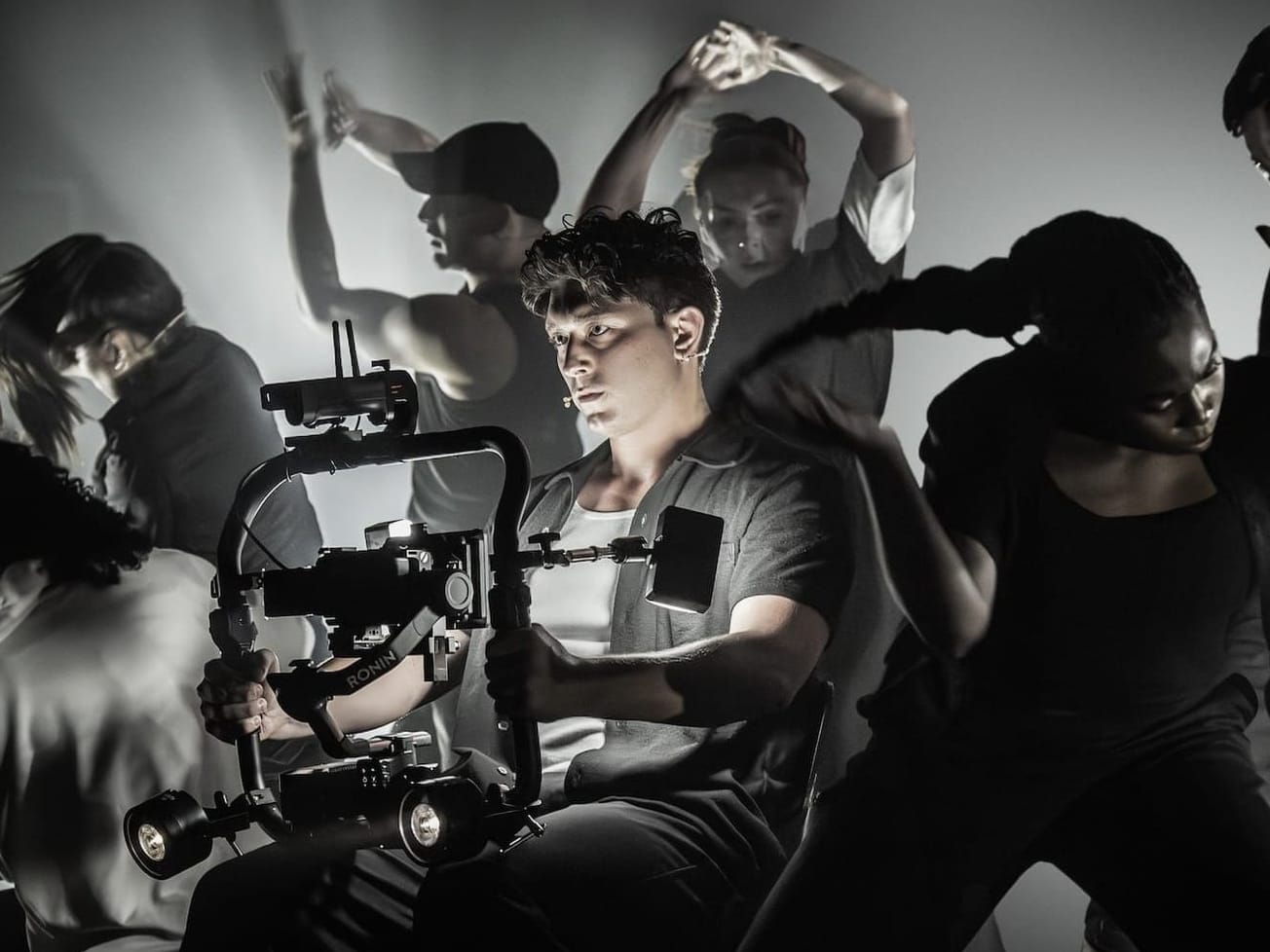As a young child, Mary Kay Yezerski dreamt of becoming a fashion designer. “I had already been sewing and styling my doll’s hair since I was five. I was drawing and making clothes for myself in sixth grade,” Yezerski said. “My plans flipped a couple years later,” she said, when she saw her oldest siblings playing in the orchestra of their high school production of “Oklahoma!”
“The dancing and costumes just really got to me,” Yezerski recalled. “I was blown away.” Between school drama club and summer theater, Yezerski knew she had to pursue a job in the industry. At 16, Yezerski served in the costume department at Muhlenberg College’s Summer Music Theatre, sewing and helping run a production of “My Fair Lady.” “That’s where I learned what a quick-change was!” she said.
After studying theater with a concentration in acting and costume design at Point Park College (now Point Park University), Yezerski was hired as a costumer at theaters like Philadelphia’s Arden and Atlanta’s Alliance. At the Alliance, Yezerski also had to maintain the wigs, which led her to a hair and makeup apprenticeship with the Santa Fe Opera under acclaimed Broadway wig designer Tom Watson. After five years at the Alliance, Yezerski moved to New York City to assist in Watson’s studio. Her first Broadway gig? “The Producers.” One show led to another, until she first subbed (or “swung,” as it were) on “Wicked.” Today, Yezerski is the head of hair at that musical, which will celebrate its 20th anniversary on Oct. 30. Here, Yezerski explains what she actually does and why every hair must be in its place.
Mary Kay Yezerski, head of hair
“Wicked” at the Gershwin Theatre
Start date: supervisor since March 12, 2013, internal hair department swing since 2012
What does a head of hair — also known as the hair and wig supervisor — do?
Mary Kay Yezerski: The hair supervisor is in charge of making sure the hair in the show (wigs and personal hair) follow the design of the show. I am in charge of a room of four people with the help of my assistant, Ryan McWilliams — my right-hand man. Together we oversee how everything looks. We also run “tracks” during the show. Most supervisors in other departments [like costumes] do not [perform a backstage track during] the show. Running a “track” means you do very specific tasks during very specific parts of the show, and you do it almost exactly the same every single time. If someone else runs your track for you, they are expected to also do the exact same things you do.
Whom do you collaborate with on a daily basis?
Besides working with the other three hair stylists, I work most closely with the Elphaba and Glinda actors and their dressers. I also interact with the makeup artist while getting Elphaba ready. I report to the stage manager if there are any concerns or issues as far as the immediate show is concerned. I report to the associate hair designer, Jared Janas, and the designer, Tom Watson, for all of the styling of the wigs. Sometimes when we’re dealing with a crossover of departments, like a hat placement, we will work with the costume department. We have to have a special fitting day for Elphaba with her wigs and hats because the hats fit a lot differently with their own hair and a wig under there.
Describe a typical day at “Wicked” for you.
If I’m doing day work — which involves the washing, setting, and/or styling of a wig — I’ll get in a little earlier than call time, but our call time is one hour before half-hour. [Editor’s note: That’s 90 minutes prior to curtain time.] I will often have already gotten a text if one of “my girls” (the witches) is out, and who is on for them. I do minor touch-ups to most of the wigs; there are five for me per show (three for Glinda, two for Elphaba). The wig we call “the bubble” — Glinda’s curly wig — is the most labor intensive. I have to brush through each curl to refresh it, and sometimes I need to use a curling wand to bring the curls back to life. This can involve a few curls or the whole thing on a humid day! The wigs are all human hair, so my “mom joke” is that it’s bad enough having a bad hair day, imagine if you have dozens of bad hair days in one day!
After preparing my wigs, I will take them up to the “girls’” dressing rooms. [The actors who play the witches] are very special in that we come to them. The ensemble members go to the hair room to get their first wigs on. I pin-curl Elphie’s hair and leave to allow the makeup artist to get to work. I pin-curl Glinda’s hair, put on her microphone and put on her bubble wig and crown with only two large pins because we have to get her out of that quickly. I pin Glinda’s hat to her Shiz wig that I will take with me. Having the hat attached to the wig saves us time in the quick-change [which comes later].
I go back to Elphie and put on her microphone, wig and little beanie. At this point, the show will be starting very soon. Once [it does], it’s full-speed ahead with hair changes, hat changes and hair brushing.
At the end of the show, I remove their wigs. I spray them with alcohol and clean the lace fronts with makeup remover. I put the wigs on blocks [foam heads] that help them keep their shape. I do minor touch-ups — put some pin curls in Glinda’s Shiz wig, rebraid Elphie’s Act 1 wig, style a bun in Elphie’s Act 2 wig. And that’s it for the night.
What is the piece of your job that you love, that you never tire of?I really enjoy being part of the support system for the performers. I am closest to the witches, so I learn about who they are, what they’re about, what they need. I like to try to be someone who takes away some of the stress of this overwhelming job. These two women do so much! It’s a very hard job. I like to take off some of the burden. I like to provide this for all the performers in the show. There are some I don’t see as much, but I like my team to create a safe space for all, and I try to be an example of that.
What are some of the challenges of your job?
The hours are pretty relentless. I have a husband, a teenager and a dog. I worry that I don’t get to do enough with and for them. Being on a long-running show, you have to take days off to be a part of special moments with your family. I missed my kid’s first official steps, but I try to be there for everything I possibly can.
Tell me a story from a day on the job that you’ll never forget.
I’ve had a lot of special moments, but nothing, nothing compares to the reopening of Broadway. We all needed theater and the companionship and to be together again so much. I shed so many tears from the first day back in the theater through to the reopening performance. Hearing that audience was insane! I questioned my career many times while theater was shut down, but I had my answer for why I do it that day.
Describe a moment when you felt hugely proud to do what you do.
The hair I style has been in magazines, in pictures outside the theater, on TV — they’re sitting in the Drama Book Shop window right now! But, I remember a moment not long after I took over the hair room at “Wicked,” I snuck into the theater during “Defying Gravity” and watched the scene with the audience members, and I thought, “That’s my work up there! My work is part of what is taking these audience members into this moment in this famous scene in this famous show. I’m part of this.” I’m very lucky.
Recall a challenge that occurred on the job. How did you overcome it?There are so many challenges in theater. There is so much problem-solving. It’s part of what we love about this career. It keeps your mind working.
What is Broadway to you?
Having worked in all manner of theater — from those with very little budget to shows with all access — I want to be clear that all of that is theater at its finest. Telling stories, problem-solving. But, Broadway is New York City. It’s international. People travel here from all over the country and the globe to see what we do. It’s truly amazing.
What’s one thing you wish audiences understood better about theater?
I wish they really understood how hard it is. It looks fun — it is fun — but it’s pretty grueling. Also, for every actor onstage, there’s probably three backstage people. Did I just make that number up? Probably, but there are a lot of people who come together to put on these shows and they are excellent in their craft.
What’s one thing you wish other industry insiders understood better about your job or theater from your perspective?Sometimes the hair department can be treated as an afterthought. Our department as a union is one of the smallest and newest on Broadway. Sometimes we don’t get credit as our own entity. I’m looking at you, Tonys. We’d love the recognition that others in our industry receive. The Tonys got rid of the hair and makeup award and we’d love to see that come back.
Correction: A previous version of the article misspelled the name of Mary Kay Yezerski.


























































